The village of Hasroun is located in the Bcharre district of North Lebanon. Its name derives from the Phoenician word for fortress. Perched atop the Qadisha Valley 1,400m above sea level, Hasroun offers visitors unparalleled views, beautiful nature trails, religious sites and a much-needed break from city life.
ESCAPE THE CONCRETE JUNGLE
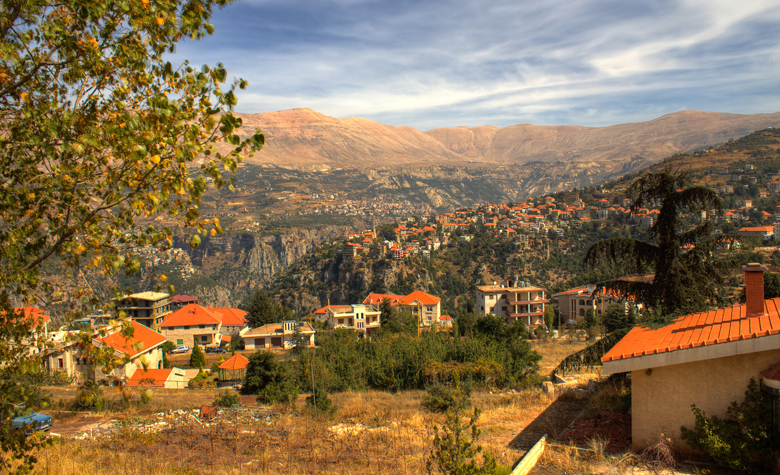
Photo – Ramzi Semrani
Hasroun is often called “the Rose of the Mountain” which can be attributed to the many red-tiled roofs that color the green foliage surrounding it. The village reminds visitors of a different time, with traditional stone houses and low-rise buildings. The most common home you’ll find in Hasroun is the typical Lebanese “central-hall” style house: a two-story building with arched windows and high ceilings, seamlessly combining the natural views outside with the structure.
EMBARK ON A SPIRITUAL JOURNEY
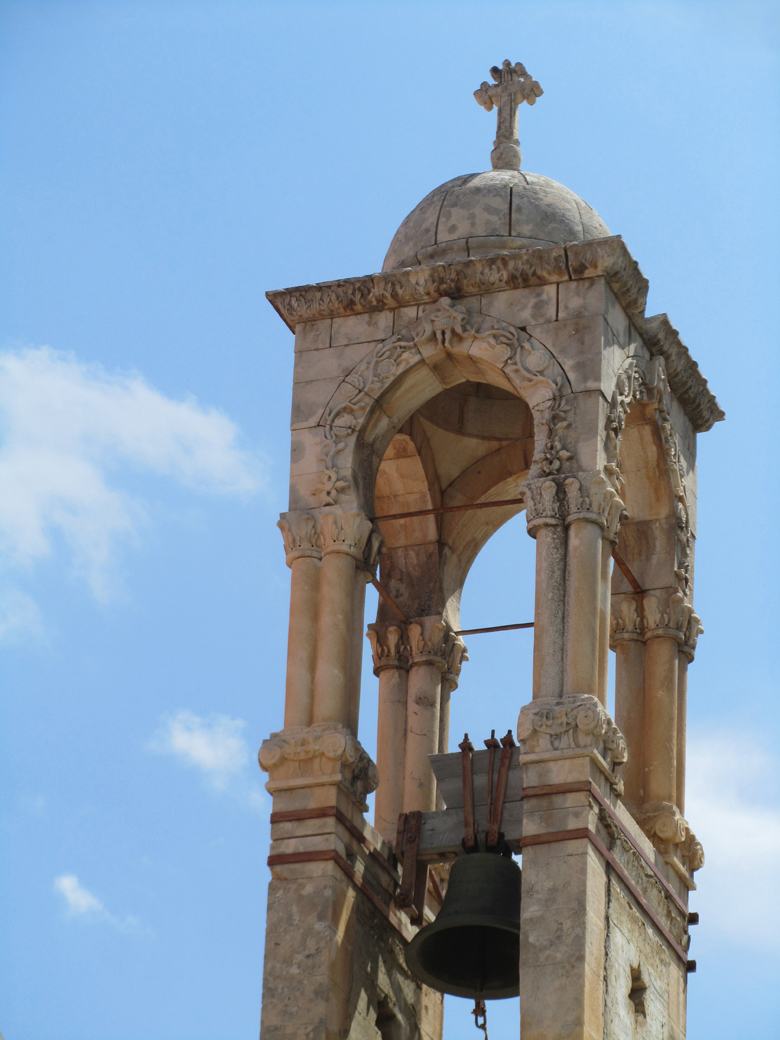 Known for its many historic religious sites that draw crowds of pilgrims each year, Hasroun is predominantly Maronite Christian. One of the earliest texts mentioning the village dates back to the late 13th century in Bishop Abraham Al-Hadathy’s writings. It documents the invasion of Hasroun and the persecution of its people, suggesting that the village was populated even prior to that time.
Known for its many historic religious sites that draw crowds of pilgrims each year, Hasroun is predominantly Maronite Christian. One of the earliest texts mentioning the village dates back to the late 13th century in Bishop Abraham Al-Hadathy’s writings. It documents the invasion of Hasroun and the persecution of its people, suggesting that the village was populated even prior to that time.
The church of St. Jude is one of the most important archaeological landmarks to visit and some sources trace its construction back to Crusader times. St. Jude, one of the 12 Apostles of Jesus, is also the Patron Saint of Hasroun, thus the church holds great symbolic value. It is characterized by a short bell tower and a low, arched entrance, carved out of the stone wall that surrounds it.
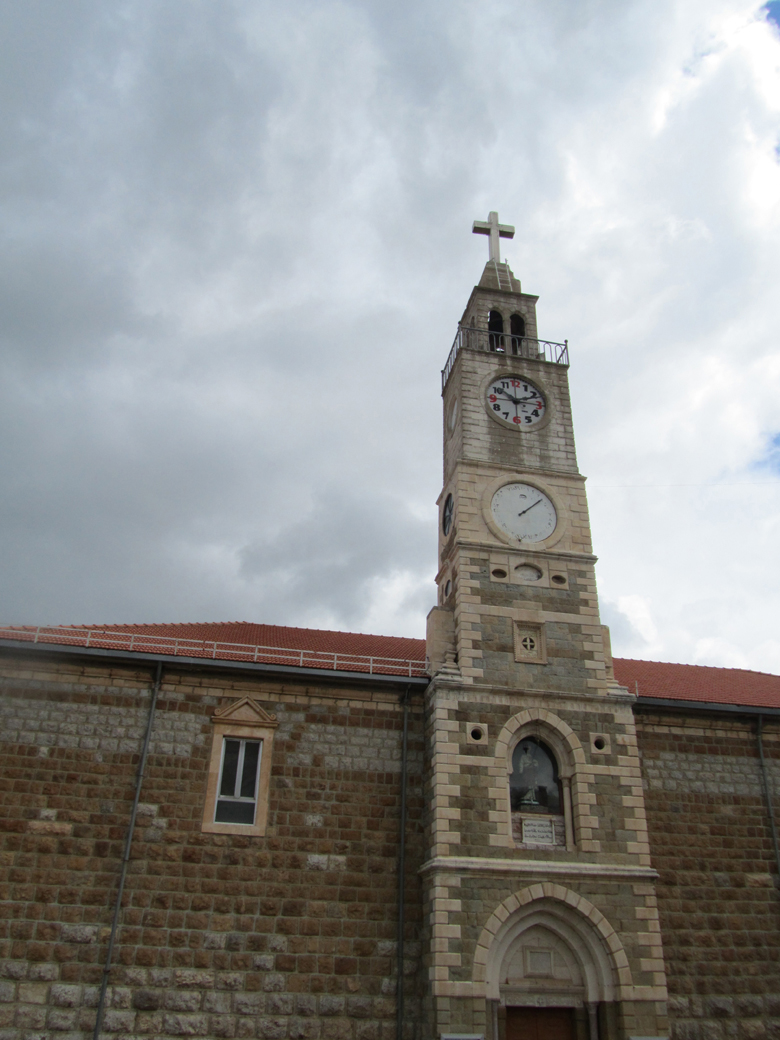 Next to St. Jude is Al Saydeh church. Built in the 19th century it was renovated in 1918, its clock and arcade later added in 1924. The bell rings on the hour, five minutes past and half past. Another mechanism marks the day of the month. The clock has to be winded manually twice a week.
Next to St. Jude is Al Saydeh church. Built in the 19th century it was renovated in 1918, its clock and arcade later added in 1924. The bell rings on the hour, five minutes past and half past. Another mechanism marks the day of the month. The clock has to be winded manually twice a week.
DIVE INTO LEBANESE HISTORY
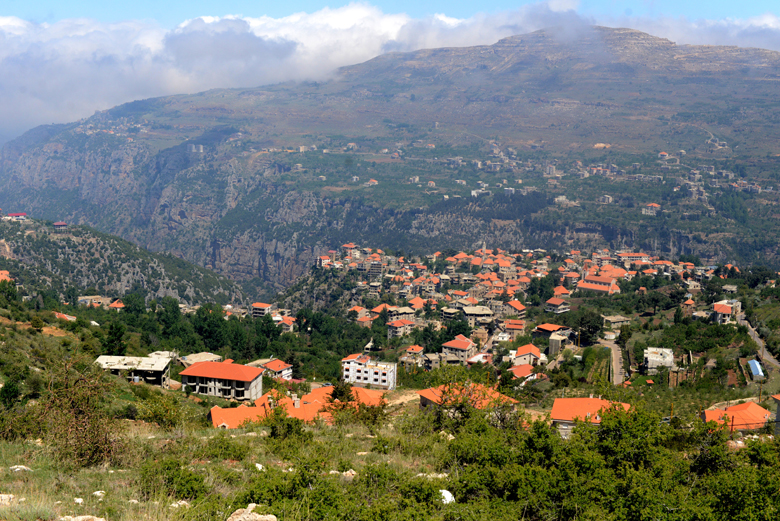 The village has a number of notable visitors and figures among its population. The French writer, poet and politician Lamartine wrote about Hasroun’s red-tiled roofs, likening them to a bouquet of roses and French military general and statesman Général de Gaulle stayed at Hotel Awad- today a private residence at the village.The Maronite bishop and librarian Giuseppe Simone Assebani hails Hasroun and the village gave the Maronite Church two patriarchs: Jacob and Simon Awad.
The village has a number of notable visitors and figures among its population. The French writer, poet and politician Lamartine wrote about Hasroun’s red-tiled roofs, likening them to a bouquet of roses and French military general and statesman Général de Gaulle stayed at Hotel Awad- today a private residence at the village.The Maronite bishop and librarian Giuseppe Simone Assebani hails Hasroun and the village gave the Maronite Church two patriarchs: Jacob and Simon Awad.
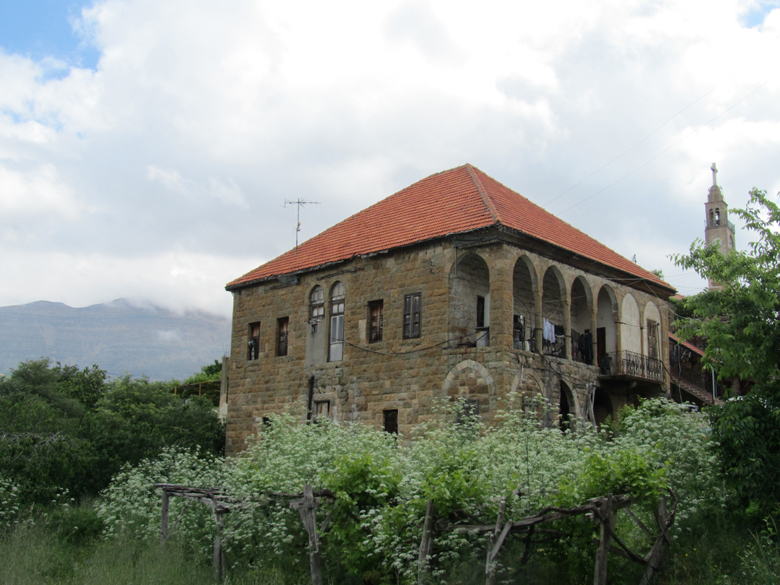 The famous Cinema Dunia in Beirut had its homonymous sister in the village and though the movie theater is no longer operational, its location endures as a testament to a former era. The first pharmacy in the Bcharreh district was established in Hasroun, owned by the late Joseph Boustany, known as “the region’s doctor.” Though the establishment shut down after his death, its memory remains a source of pride for locals.
The famous Cinema Dunia in Beirut had its homonymous sister in the village and though the movie theater is no longer operational, its location endures as a testament to a former era. The first pharmacy in the Bcharreh district was established in Hasroun, owned by the late Joseph Boustany, known as “the region’s doctor.” Though the establishment shut down after his death, its memory remains a source of pride for locals.
LOSE YOURSELF
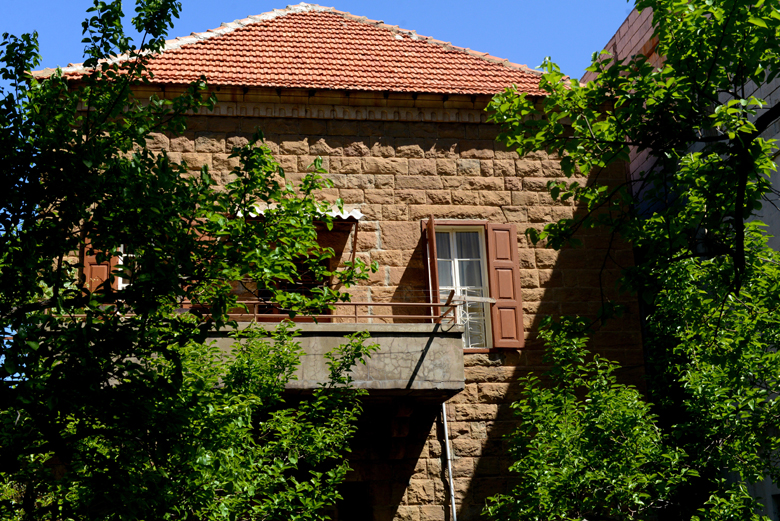 Hasroun is known for its cool climate and fresh mountain air, which beckon visitors to explore the village.
Hasroun is known for its cool climate and fresh mountain air, which beckon visitors to explore the village.
Follow in the footsteps of travelers and painters from all over the world who were inspired and charmed by the village. Emily Anne Beaufort lauded Hasroun as “the most luxuriant spot…in Lebanon” in her book “Egyptian sepulchers and Syrian shrines” (1862), noting that “every inch of soil is cultivated and the place is buried in thickets and forests of thorns.” The Egyptian artist Marguerite Yazbek painted landscapes of the village, juxtaposing its fiery red roofs with the green of the cedars surrounding it.
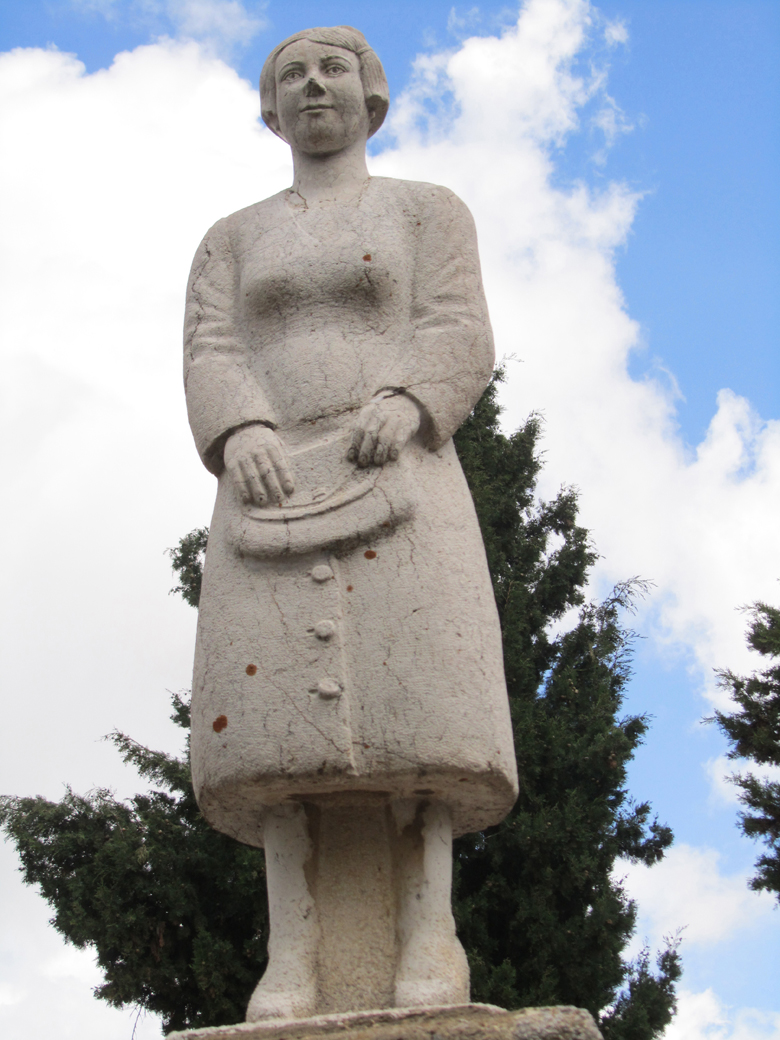 Get inspired and take a walk around the old souk to discover what memorabilia, souvenirs, and fresh local produce are on offer. Visitors can enjoy seasonal fruits like plums, apricots, and apples or shop for handmade jewelry and religious memorabilia. Be sure to enjoy a stroll by one of Hasroun’s many quaint fountains found all over the village and spend some time in one of the village’s many traditional cafes, where visitors can enjoy shisha and backgammon, such as Ras Al Nabeh (06 590118).
Get inspired and take a walk around the old souk to discover what memorabilia, souvenirs, and fresh local produce are on offer. Visitors can enjoy seasonal fruits like plums, apricots, and apples or shop for handmade jewelry and religious memorabilia. Be sure to enjoy a stroll by one of Hasroun’s many quaint fountains found all over the village and spend some time in one of the village’s many traditional cafes, where visitors can enjoy shisha and backgammon, such as Ras Al Nabeh (06 590118).
HIKE ALONG THE LMT
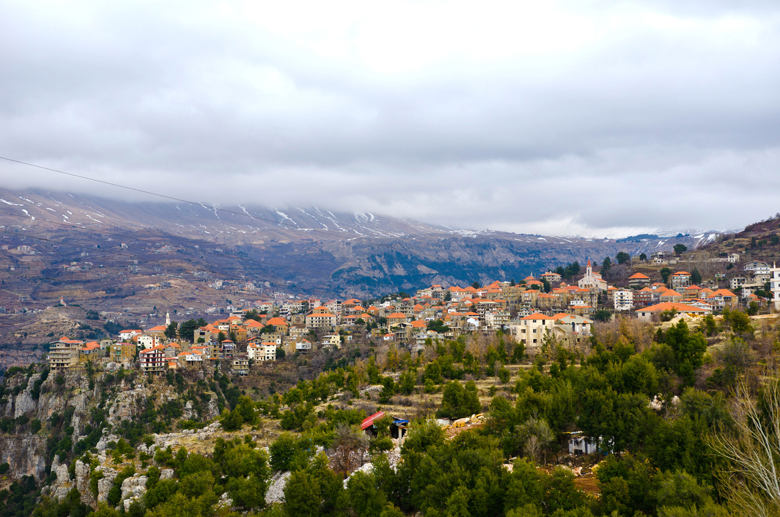 One of the best ways to explore the village’s natural heritage is to hike the valley and mountain trails surrounding it. Hasroun is a starting point on the Lebanese Mountain Trail. The trail continues through the neighboring villages of Bazaoun, Bqorqacha and Bqaa Kafra, passing cedar trees, ending in the historic town of Bcharreh. The trek includes a stop at Nabaa Ghrakiya, a well-known freshwater spring in Hasroun that is said to cure kidney disease. Immerse yourself in the area and trek with a local guide.
One of the best ways to explore the village’s natural heritage is to hike the valley and mountain trails surrounding it. Hasroun is a starting point on the Lebanese Mountain Trail. The trail continues through the neighboring villages of Bazaoun, Bqorqacha and Bqaa Kafra, passing cedar trees, ending in the historic town of Bcharreh. The trek includes a stop at Nabaa Ghrakiya, a well-known freshwater spring in Hasroun that is said to cure kidney disease. Immerse yourself in the area and trek with a local guide.
Loading


